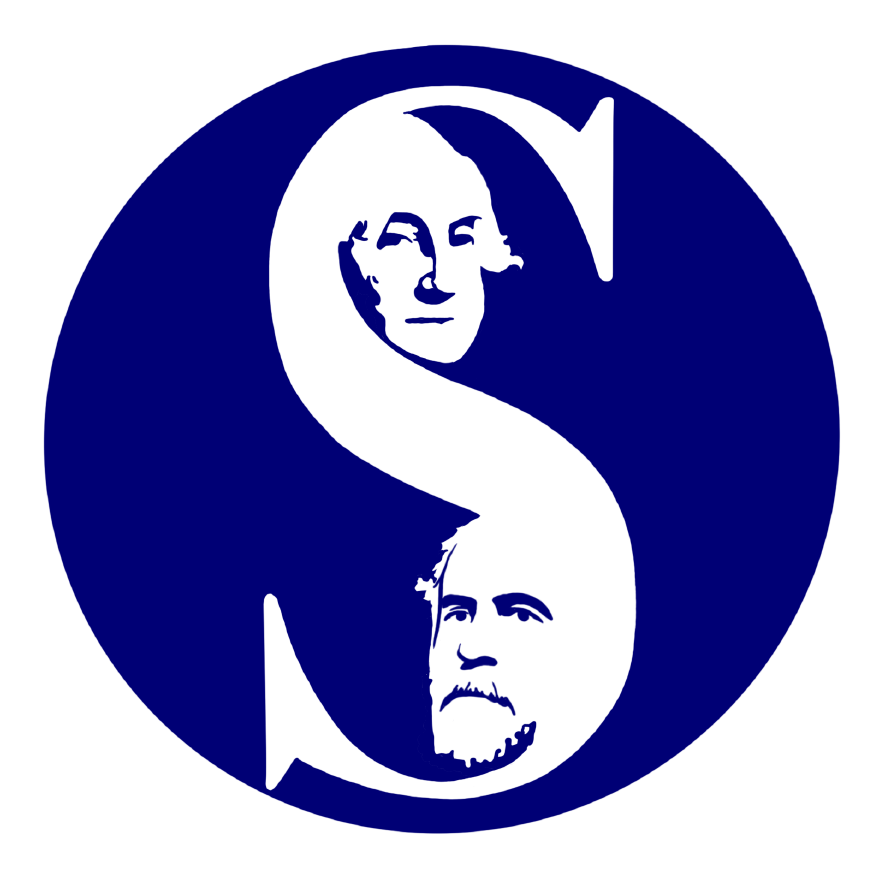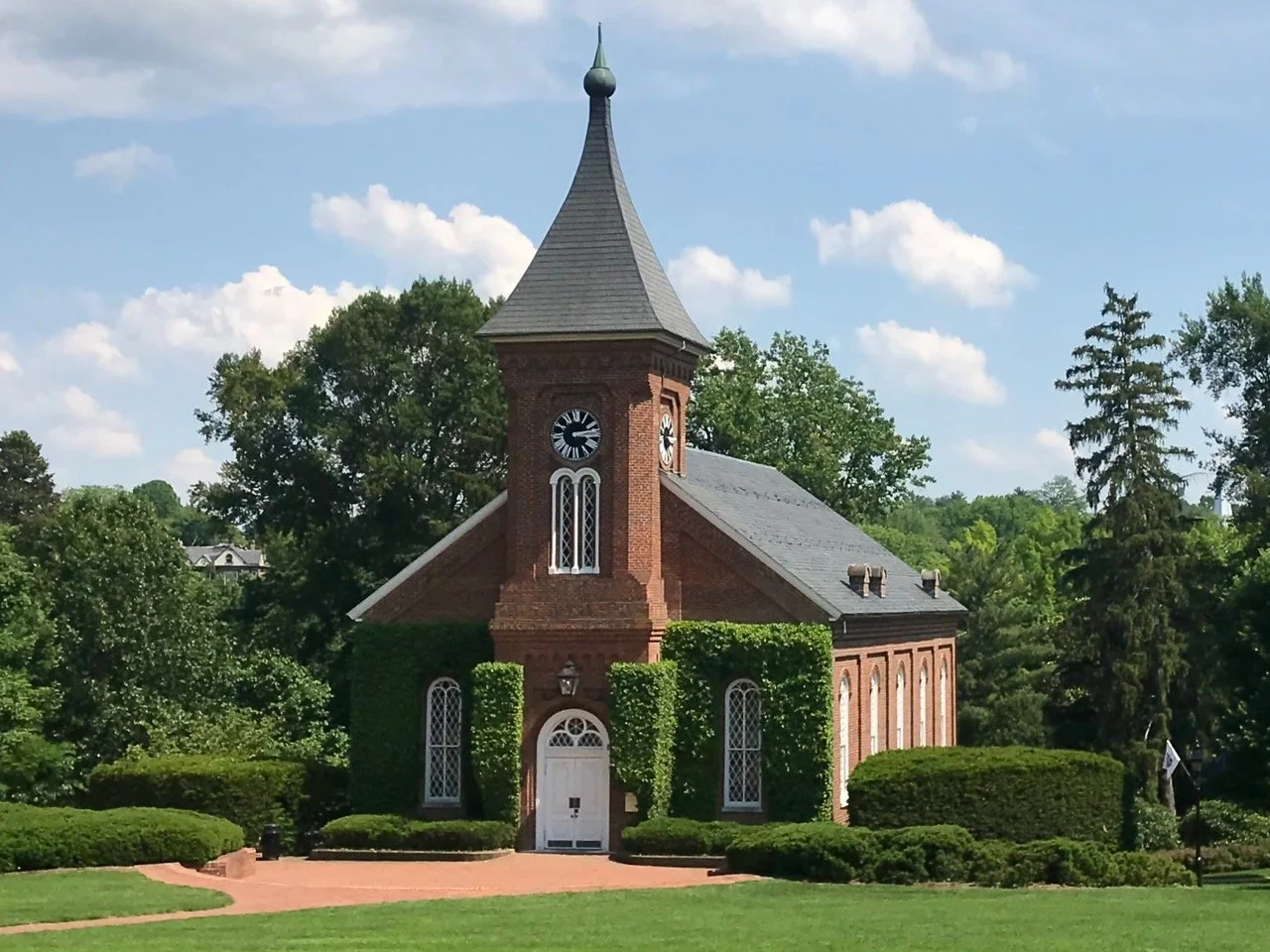An Open Letter Regarding Lee Chapel
An Open Letter Regarding Lee Chapel
The guest experience at the chapel leads to many questions.
(Lee Chapel | SOURCE: Author)
Dear Washington and Lee Board of Trustees,
My recent tour experience in Lee Chapel, a federally designated National Historic Landmark, motivated me to write this open letter to you, the Trustees of Washington and Lee University.
As an alumna and W&L parent, I heard two troubling reports last year. First, the history of the chapel and the Lee family were being given short shrift by the new generation of docents. Second, that on more than one occasion, docents required campus police to remove a young alum named Kamron Spivey, ’24, from Lee Chapel. His apparent transgression was entering the chapel regularly and offering detailed historical facts to tourists when docents’ historical knowledge was inadequate to satisfy people’s curiosity.
Our university allowing any alum to be kicked out of the chapel seemed implausible. Surely Washington and Lee, where good sense and even better manners prevail, was not castigating an alumnus for being helpful? I had met Kamron once, several years ago, and remembered him as soft-spoken and history-focused. My son told me that after graduation, Kamron took a job overseeing the restoration of Fancy Hill for The Generals Redoubt. Since I was planning a trip to Lexington, I called Kamron, re-introduced myself, and asked him to accompany me on a chapel tour.
At first, Kamron was reluctant. He was concerned that we would both be jettisoned from the chapel if I was seen with him, but I assured him that I had faced much scarier people in my life than chapel docents. On December 7, he met me on the edge of campus and we walked into the chapel together.
A genial Public Safety officer greeted us at the metal detector and directed us toward the dais. A docent immediately asked if I were an alumna. I said yes, and we chatted about our history with W&L and our shared appreciation for the legendary Professor John Gunn, who passed away in 2021.
After a few minutes of pleasantries, I began asking her questions about the chapel.
I asked about the architecture, the original building plan, the elements and fixtures used inside, the Lee family, and where President Lee used to sit — which is no longer marked. I asked questions about the Liberty Hall Volunteers, and why the plaque that honored them was gone. We also discussed the Lee House and after 20 minutes, she tired of my questions. Kamron had been silent but at one point during our discussion, she said, “Kamron probably knows — you should be asking him!”
She also encouraged me to walk across campus to the University Store and purchase the book Lee Chapel at 150. Four different times, in fact, instead of answering a question directly, she suggested that I purchase the book.
No one tried to evict Kamron that day and I appreciated the information she provided. At the same time, I had traveled three hours to learn more about the chapel and its many changes and was surprised to hear the mantra: “You need that book.” Kamron, by contrast, didn’t need a book. He knew all the answers.
We moved to look at the Recumbent Lee statue that now resides behind a permanent wall, and then Kamron followed me down the winding marble staircase to the basement.
The chapel store is gone. The large, beautiful museum room is blocked off and inaccessible; rumors abound that the twenty plaques removed from the chapel in 2021 lie inside that dark room. There was no docent, so Kamron answered my questions at the Lee family crypt, Lee’s Presidential office, and then inside the tiny portrait room. The amount of detail and history he shared with me during that hour in the basement was nothing less than astonishing.
Frankly, Kamron Spivey saved my trip to Lee Chapel. He’s a born educator and a natural storyteller, thoughtful with his words, brings humor where appropriate, and is unflaggingly polite. And regardless of the reason why it is happening, I experienced, firsthand, that portions of the chapel and Lee family histories are being poorly represented to the general public.
This problem can be easily solved. Kamron is a valuable resource, and you have the opportunity to harness his knowledge for the betterment of the university community. I respectfully suggest the following action items.
Washington and Lee should engage Kamron to create a curriculum for chapel tours. He is well positioned to create a stellar training guide for docents, and to also write accurate, properly sourced copy for a new chapel brochure.
The university should ask Kamron to oversee chapel docent training once the new chapel curriculum is complete. He is patient and possesses the communication skills necessary to teach.
Additionally, the university should widen the docent pool to include current W&L students. I’ve been told that there are not enough docents to handle the already limited hours that tourists visit. Training four students per class would provide an additional 16 docents and ensure full coverage on the main floor and also in the basement during visiting hours.
Sadly, by the time the new museum is built, multiple classes will have graduated from Washington and Lee having never seen pieces of university history that many of us took for granted during our collegiate years. Yet as a university, a community, and a collection of living alumni, we all have a responsibility to steward a historic campus.
The chapel’s National Historic Landmark designation remains Lee Chapel — not “University Chapel & Galleries.” In addition to the new undergraduate students and their families each year, tourists from around the world come to Lexington and stop at the Colonnade and the chapel. Staffing the chapel with docents and students who know its full history, and are passionate about sharing that history, will properly reflect the value that alumni place on the chapel.
As Trustees, you have the authority to partner with resources that are already available to the university, including tenured history faculty with Civil War-era expertise, and alumni like Kamron Spivey. They should be given an active role in shaping chapel tours today, and the content in W&L’s future campus museum.
Thank you for considering these recommendations.


